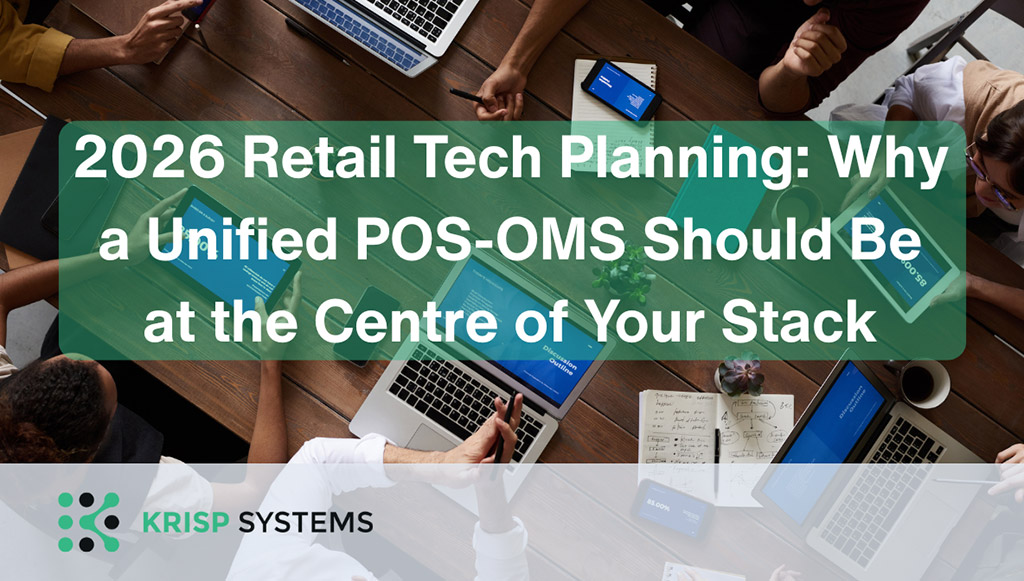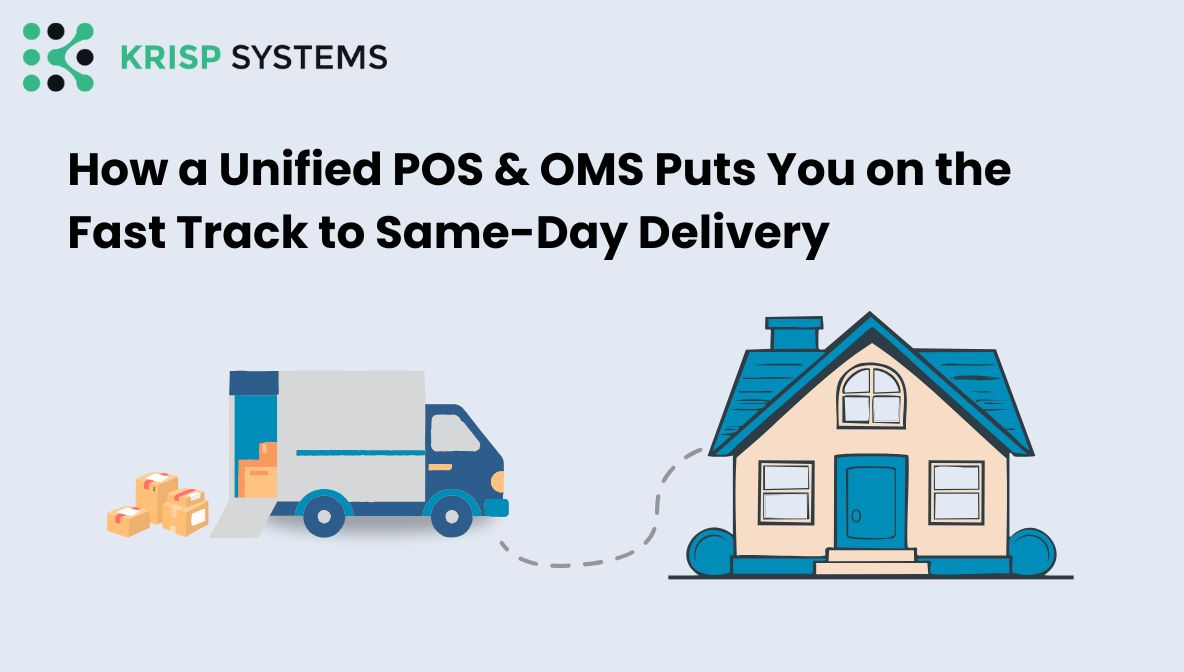How retailers are reclaiming missed opportunities through better inventory access
Imagine a customer walks into your store looking for a specific size or color, only to find it’s out of stock. They thank the associate, leave, and buy the same product online, often from a competitor.
That’s one of retail’s quietest and most consistent leaks in revenue.
An endless aisle helps plug that gap. It lets you sell products that aren’t physically in stock by connecting your in-store experience to your full digital catalog. The result is simple: fewer lost sales, higher customer satisfaction, and a stronger omnichannel presence.
Why It Matters
Today’s shoppers expect more than just what’s on the shelves. They expect instant availability, transparency, and convenience. Endless aisle capabilities meet those expectations by bridging your online and in-store operations.
Without it, you lose valuable opportunities:
- Shoppers leave when their preferred item isn’t available
- They purchase elsewhere online
- You miss potential cross-sell or upsell moments
With endless aisle in place, those missed opportunities turn into recoverable sales and repeat customers.
Want to know how this works in your retail setup?
Talk to a Krisp Retail SpecialistThe Real Business Benefits
Retailers that embrace endless aisle strategies see measurable improvements in performance and efficiency:
1. Recover lost sales.
Capture transactions that would otherwise walk out the door.
2. Expand product variety without extra storage.
Offer your full catalog digitally without increasing store inventory.
3. Increase customer loyalty.
Customers remember when you make it easy to get what they want.
4. Reduce excess stock.
Balance in-store inventory with on-demand fulfillment.
5. Boost upselling and cross-selling.
More browsing means more opportunities to recommend complementary products.Some retailers have seen 10–20% of additional revenue driven directly by endless aisle transactions.
How Retailers Are Using It
- Fashion & Apparel: Associates order missing sizes or colors directly from tablets.
- Electronics: Stores display models while the full inventory is available online.
- Furniture & Home Goods: Limited floor space? Endless aisle lets customers see every style and variation.
- Pop-Up Stores: Extend your full catalog into small or temporary retail spaces.
Common Challenges and How to Solve Them
Even though the concept is simple, execution requires alignment between systems.
Here’s how retailers succeed with endless aisle programs:
- Manage fulfillment and delivery. Use accurate delivery windows and track shipments to build trust.
- Plan returns and logistics early. Create easy in-store or centralised return options.
- Integrate your systems. Sync POS, OMS, and inventory so orders flow smoothly.
- Be transparent with customers. Always show real-time stock and delivery info.
Frequently Asked Questions
Does endless aisle reduce in-store sales?
No. It complements them. Endless aisle gives customers more ways to buy and keeps the sale within your brand.
How much sales lift can I expect?
Retailers typically recover 10–20% of otherwise lost transactions once the system is integrated.
Is it hard to implement?
If your POS and OMS are already unified, integration is straightforward. It mainly requires syncing inventory visibility and enabling digital ordering.
The Bottom Line
Endless aisle is not just a technology upgrade. It’s a smarter way to connect your digital and physical inventory, ensuring that every customer interaction can turn into a sale.
When your store never says “we don’t have it,” you not only recover lost revenue; you build customer trust and strengthen your brand’s omnichannel edge.Turn lost opportunities into sales.
See how Krisp’s Unified POS + OMS connects your store and online inventory to deliver a seamless endless aisle experience.




